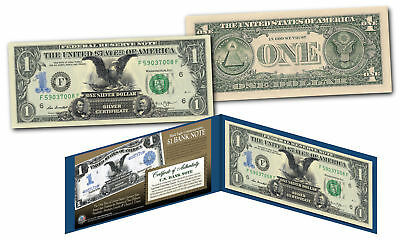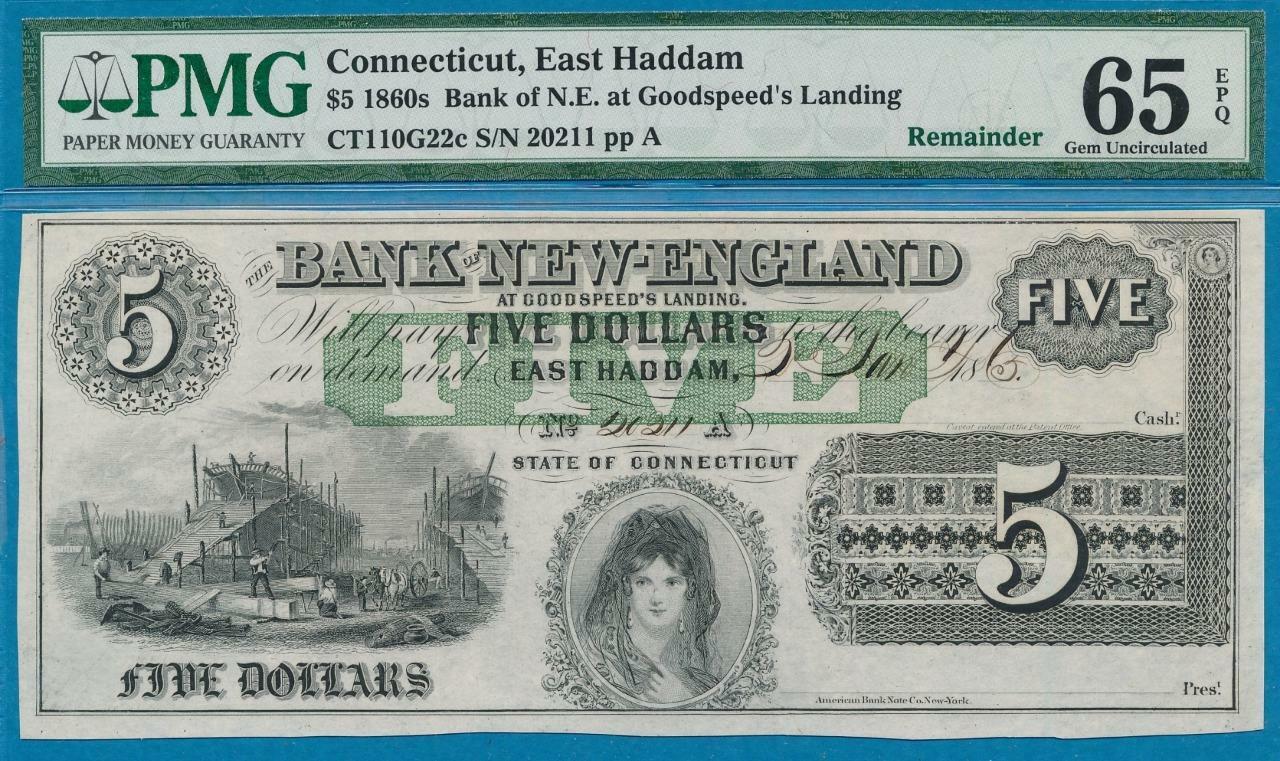
INA 1865 Connecticut East Haddam Bank of New England $2 PCGS 64 Perfect Margins
$52.80
73
Country/Region of Manufacture: United States
Grade: 64
Item must be returned within: 30 Days
All returns accepted: Returns Accepted
Type: Obsolete Notes
Condition: PCGS Mint-State-64
Denomination: $2
Refund will be given as: Money Back
Restocking Fee: No
Certification: PCGS Banknote Grading
Return shipping will be paid by: Buyer
Auctions
Buy It Now
Ending Today
View Feedback
Store Newletter
Visit Store
Contact Me
Item#: 9377
Issue: Obsolete Currency
United States of America
Connecticut , East Haddam
Bank of New England at Goodspeed’s Landing
1865 $2
Catalogue#: Haxby # CT-110-G18c
Grade: PCGS PCGS Mint-State-64
Marvelous Quality
A note on quality of Obsolete Bank Notes.
Unlike regular US Government notes, bank notes were not printed on the finest of cotton-bond paper or with the best of inks. They were not meant to circulate for a long period of time or circulate throughout the nation. They usually circulated on a local or state level, and probably not more then a few years at best. They were printed on whatever paper was available at the time. On some notes one can see some of the wood or pulp chips in the paper. In some cases, they were printed on earlier notes that were no longer in use. The technology of acid-free paper was not there yet, as seen with some of our national historical documents, and paper was much scarcer than we can today imagine.
These notes had to be printed on semi-wet or moist paper, or the ink would not properly adhere. They were very labor intensive, and were printed by hand, one side at a time. They would manually ink the press, place the damp sheet in it, and run the roller over it. The sheet would be hung to dry, and the same process of wetting and printing would be repeated for the reverse. In the case where more than one color was used, the process would have to be repeated for each color. Unpurified water was used in the wetting process, thereby introducing more minerals or impurities to the paper. As a consequence, many of these notes are very difficult to locate without discoloration, color bleeding or what looks like water staining, due to the wetting process. As if that was not enough, they were individually cut with scissors or crude cutting boards, making them very difficult to find with good margins, or the design itself not cut into it.
When grading them today, the coloration, bleeding or some stains, do not deduct from the grade, for the great majority have these problems. Margins, alignment and condition of the paper itself are the main grading points. However, when finding some of these notes without many of the usual problems, one should recognize that it is not the norm. That is one of the reasons why I have virtually all of these notes certified. They get sealed in archival holders, minimizing the aging and toning effects by not being exposed to the elements, and it also gives the client reassurance as to its authenticity and grade.
Warning:
I have seen some very white and super clean examples, but, upon close examination, they were nothing more than modern reproductions.
Powered by SixBit’s eCommerce Solution










